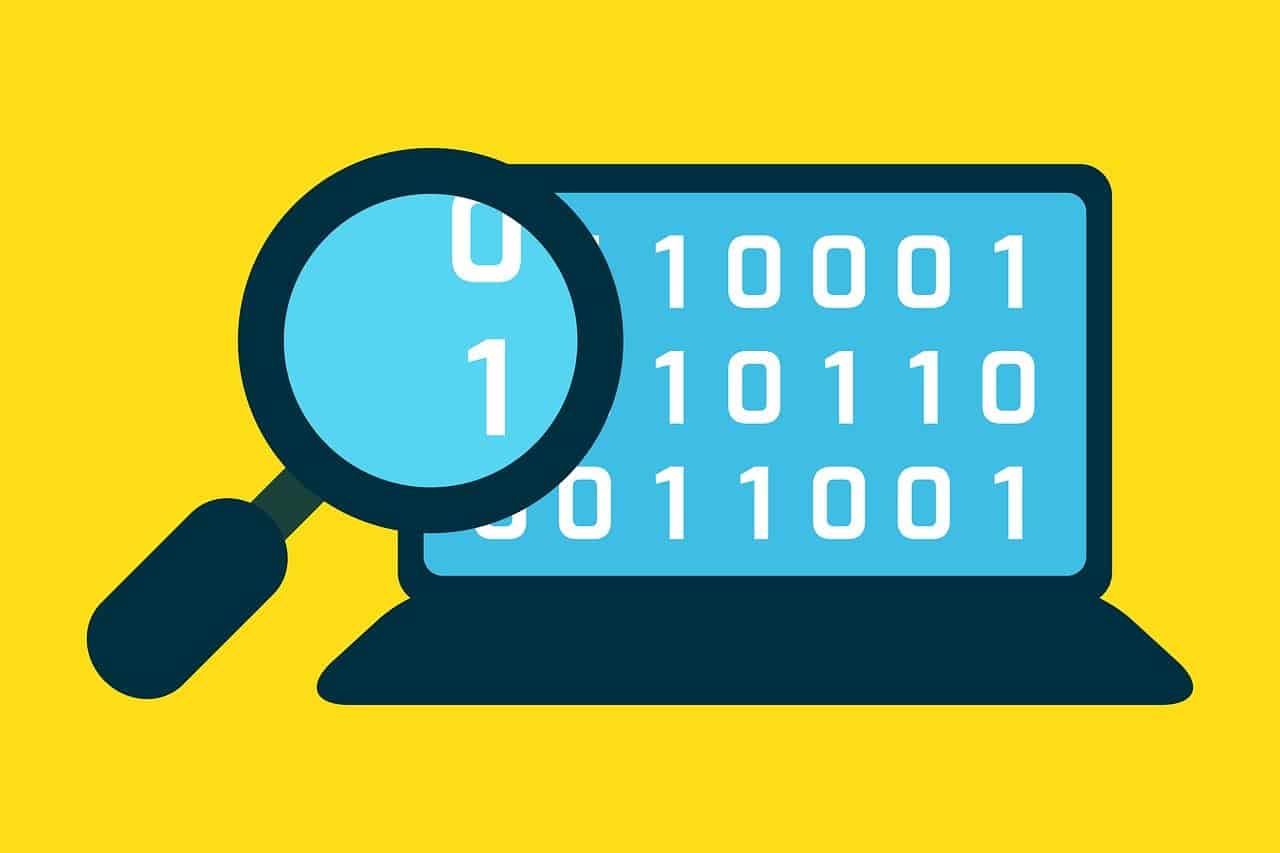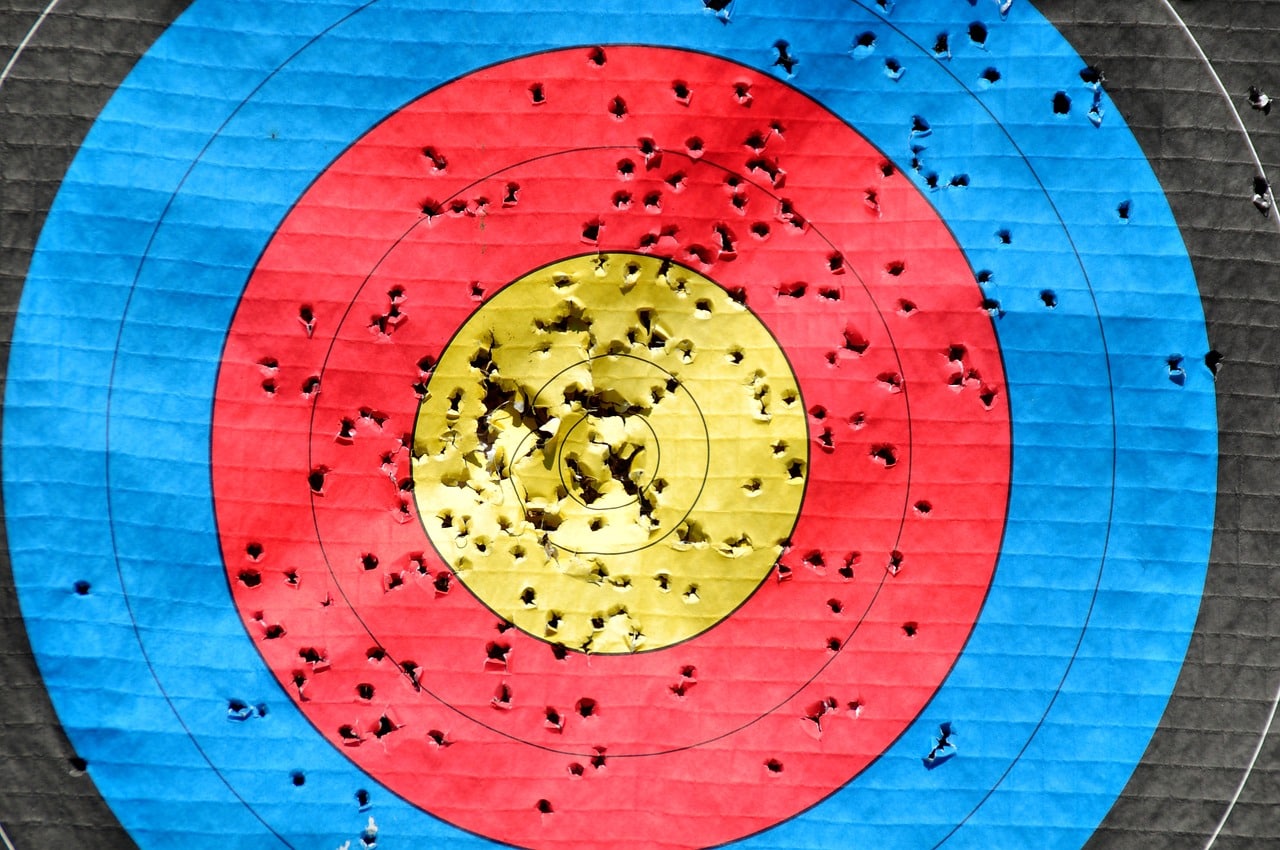
Have you heard about the new AI writing detectors that can supposedly tell if a piece of text was created by an AI like ChatGPT or written by a human? With all the talk about AI writing assistants potentially being used for cheating or spreading misinformation, these detector tools sound like a great way to spot computer-generated content.
But how well do they actually work? Are the AI detectors accurate enough to truly separate human and AI writing? Let’s take a look at what the experts say about the performance of these tools.
Research studies indicate that most modern AI writing detectors perform reasonably well at identifying AI-generated text from longer writing samples. However, their accuracy suffers when analyzing short text snippets. Several key factors influence how reliably these detectors can distinguish between human and AI writing, such as the length of the text sample, the specific AI model that produced it, the proficiency of human writers being analyzed, and whether additional context about the writing task is provided.
What Are AI Writing Detectors?
AI writing detectors are computer programs that analyze a sample of text and attempt to determine whether it was generated by an AI language model like GPT-3 or written by a human. They use machine learning models trained on human and AI-generated writing to look for statistical patterns and characteristics that differentiate them.
Some of the major AI writing detector tools include:
- OpenAI’s AI Text Classifier: This detector was created by the makers of ChatGPT and GPT-3. According to OpenAI’s testing, it correctly identifies AI-written text around 26% of the time and human writing around 87% of the time.
- GPTZero: One of the earliest and most well-known AI text detectors, created by student Edward Tian. GPTZero claims to identify AI writing with 98% accuracy based on initial testing, though some studies have found lower accuracy rates around 80-90%.
- Quillbot: Quillbot is an AI-powered writing assistant tool that can rephrase, summarize, and expand text. It uses natural language processing to analyze and rewrite passages while maintaining the original meaning.
- Turnitin: Turnitin is a plagiarism detection service that analyzes submitted work against a database of existing sources to identify potential plagiarism or improper citation. Educational institutions widely use it to promote academic integrity among students.
How Accurate Are They Really?

Most academic studies have found that today’s leading AI writing detectors have an accuracy hovering around 80-90% when analyzing longer text samples of 500 words or more. However, their performance drops off for short texts under 100 words, with accuracy rates sometimes dipping below 70%.
For example, a 2022 study by researchers at Harvard and MIT tested AI detectors on over 4,000 writing samples and found an average accuracy of around 85% for samples over 400 words. But for short writing below 50 words, the accuracy dropped to only 65%.
One thing to remember is that all these studies and companies claim a wide range of figures in accuracy and this can lead to confusing and inconclusive answers. Until we begin to see 95+% in accuracy, and the results to match, I would assume that AI detectors are not that accurate – for now.
How DO AI Detectors Work?
At their core, most AI writing detectors are based on machine learning models that are trained to recognize patterns and statistical differences between human-written and AI-generated text. However, there are a variety of specific approaches they take.
Text Analysis
Techniques Many detectors employ natural language processing techniques to analyze and extract features from writing samples that may reveal their origin. Some things they look for include:
- Word distribution and clustering patterns
- Transition phrases and coherence markers
- Grammatical errors or irregularities
- Complexity and variety of sentence structures
- Use of rare words or n-grams
- Semantic and contextual inconsistencies
These textual characteristics get converted into quantifiable data points that the AI model can use to make its human vs. AI classification decisions.
Model Architecture
The type of machine learning model and architecture used can vary between detectors. Some common approaches include:
- Binary classification models (e.g. logistic regression)
- Neural networks like RNNs or Transformers
- Ensemble methods combining multiple model outputs
- Unsupervised techniques like clustering algorithms
Many leverage large pre-trained language models that are then fine-tuned on labeled datasets of human and AI writing exemplars.
Training Data
The quality and diversity of the training data is key. Detectors rely on having robust datasets representing different:
- AI language models (GPT-3, GPT-J, PALM, etc.)
- Domains and writing styles (news, fiction, essays, code, etc.)
- Languages beyond just English
- Skill levels of human writers
This training data allows the AI detector to learn the distinguishing patterns between AI and human-generated text.
Some detectors also try to stay updated by continually retraining their models as new AI writing datasets become available over time.
While the specific architectures and techniques vary, the core principle is using machine learning to identify statistical fingerprints that can accurately classify AI vs. human-written content. As language models advance, detectors will likely need to evolve as well.
Factors Impacting Accuracy
A few key factors seem to impact how well AI detectors can distinguish human versus AI writing:
Text Length
Longer writing samples provide more data for the detectors to analyze writing style, word choices, patterns, and other distinguishing traits. Short snippets leave less evidence to go on.
For instance, GPTZero’s developers note that its accuracy is highest for texts over 700 words and declines significantly below 200 words due to insufficient data.
AI Model Used
The detectors are generally most accurate at identifying text from the specific AI models they were trained on, like GPT-3. They can struggle more with newer, cutting-edge AI models that produce highly fluent, human-like writing that the detectors have not been exposed to.
An experiment testing different detectors on text from GPT-3, GPT-J, and GPT-Neo found the tools achieved over 90% accuracy on GPT-3 outputs but only around 75% on the lesser-known GPT-Neo.
Human Writing Skills
Highly skilled and proficient human writers may occasionally produce text that looks “AI-generated” to the detectors based on characteristics like low spelling/grammar errors and distinct clustering patterns of word choices and Sentence structures.
One study found AI detectors were least accurate at around 70% when analyzing writing by students at an elite university compared to 85-90% accuracy on more average human writing samples.
Lack of Context
When detectors only see the raw text without context about the writing topic, intended audience, instruction prompt, etc., accurately labeling it as human or AI becomes more difficult.
Adding metadata like the writing prompt and background information has been shown to improve the accuracy of some AI text classifiers by providing additional signals.
Can You Bypass or Fool AI Detectors?
While AI writing detectors have shown reasonable accuracy on most tasks, researchers have also identified some techniques that could allow AI-generated text to bypass or “fool” these detection tools.
Adversarial Attacks
In AI security, an “adversarial attack” refers to intentionally feeding a machine learning model altered inputs designed to cause mistakes or errors. Some studies have explored adversarial attacks against AI writing detectors by making subtle perturbations or swaps to the generated text.
For example, researchers at Stanford were able to reduce detector accuracy to around 50% by strategically removing or replacing just a few words in AI outputs. Minor obfuscations like adding random capitalization or reordering sentences also impacted performance.
Fine-Tuning AI Models
Another potential approach is to fine-tune the AI language models themselves on the specific type of text detectors used to classify human vs AI writing. This could allow the model to learn and replicate those distinguishing patterns.
One experiment fine-tuned GPT-2 on a training set used by the GLTR detector. The customized model’s outputs were significantly more likely to get past the detector compared to GPT-2’s normal generation.
Human-AI Collaboration
Having humans review, edit, and refine AI-generated drafts may make the text look more authentically “human-written” to detectors. A study found that when people lightly revised outputs from GPT-3 and other models, popular detectors failed to flag the majority as AI-written.
Constituting an “adversarial attack” or deliberately bypassing detectors raises ethical questions. However, this research highlights that even state-of-the-art AI detection tools can be vulnerable and may require continued defense against evolving countermeasures.
The cat-and-mouse game between AI writing models and detection methods will continue, advancing in complexity. Relying on automated tools alone may not be a sufficient long-term solution.
Evolving AI Writing
As AI language models rapidly evolve to become even more advanced at producing human-like content that lacks many tell-tale patterns, today’s detectors will likely become outdated quickly. They’ll need constant retraining and updating with new AI and human writing data to keep pace with the changing technology.
Researchers at the University of Montreal found that while an AI detector achieved over 95% accuracy on GPT-3 outputs in 2021, its performance dropped to only 64% a year later when tested on text from more sophisticated AI like PaLM and Anthropic’s models.
Other Approaches
Because of the potential limitations of AI writing detectors focused solely on textual analysis, some researchers are exploring complementary approaches:
- Analyzing human-computer interaction data like cursor movements, pauses, scrolling behaviors, etc. during the writing process to differentiate human vs. AI patterns.
- Factoring in metadata beyond just the text, such as document properties like formatting styles, author information, and other indicators.
- Combining textual AI detection with human reviews using both automated and manual verification.
- Developing guidelines around being transparent about using AI writing aids rather than trying to conceal their use entirely.
Conclusion
While today’s AI writing detectors can spot computer-generated text with reasonable accuracy, especially for longer samples, they are not a perfect solution. Factors like text length, the specific AI model, human writing skill levels, and context availability impact their performance.
As AI language models rapidly evolve to produce even more human-like writing, the current AI detectors may quickly become outdated or insufficient. An ethical and measured approach centered on human oversight, established guidelines, and combining automated and human verification may ultimately be needed.
These AI detection tools have already sparked an important conversation around the implications, risks, and potential safeguards required as AI writing technology grows more powerful and accessible.


